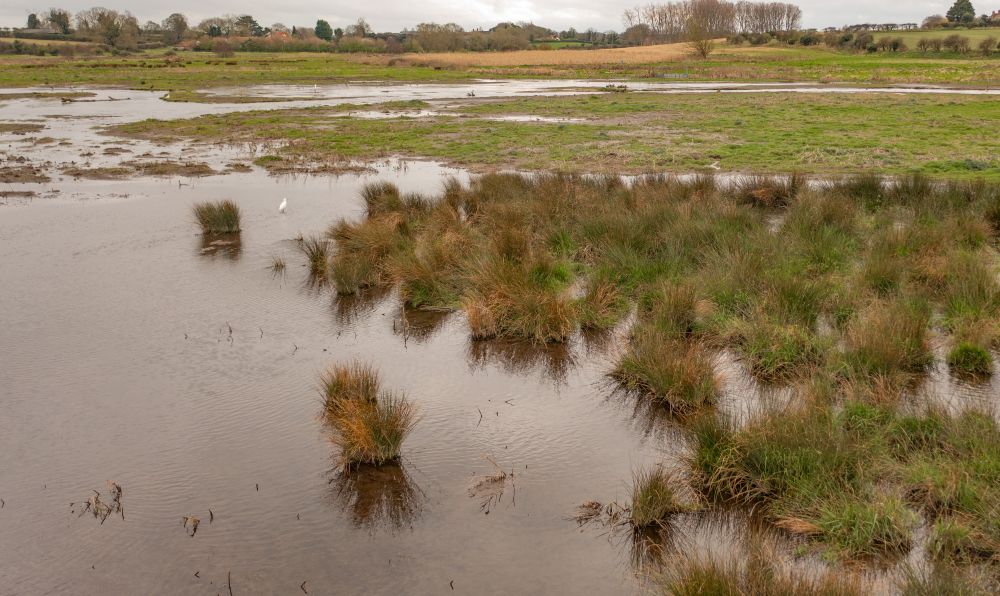
Several hundred years ago, human intervention altered the course of the River Stiffkey. Sections of the river were rerouted into a straightened and incised (cut deeply and steep-sided) channel to drive the many mills that once operated in the area.
This modification confined the river’s natural flow, severing its connection to the surrounding floodplain. What was once a dynamic waterway became little more than a disconnected ditch, restricting natural flooding processes and limiting its ecological potential.
Using historic maps, satellite, radar imagery and sediment core analysis, a new river channel was designed, with construction taking place between 2023 and 2024.
The new (historic) channel reunites the river with its floodplain, allowing water to naturally spill onto the surrounding land, seep into the soil, and replenish underground aquifers.
The restored connection also supports wetland and marsh habitats and reduces sediment build-up while supporting Natural Flood Management (NFM) and biodiversity.
As part of the restoration effort, large woody material was strategically placed within the new river channel to constrict flow, creating diverse habitat niches that benefit fish and a wide variety of invertebrate species.
The dark blue line on the map represents the modern course. The light blue line shows its newly restored, historic path.

In just a short period since the completion of this transformative restoration work, an impressive array of wildlife has been spotted visiting the site.
This includes brown trout, little egrets, great white egrets, curlews, woodcocks, otters, kingfishers, water parsnip and starwort, along with water vole tracks and orchids in the floodplain meadow.
This project was completed via a collaboration between Norfolk Rivers Trust (NRT), Holkham and Charles Rangeley-Wilson, with expert scientific advice from Professor David Sear and Immy Speck at Southampton University. Groundwork was completed by Aquamaintain.
With thanks to funding from the Green Recovery Challenge Fund, Anglian Water, the partnership between WWF and the John Lewis Partnership, and the Esmée Fairbairn Foundation.
We use Mailchimp as our marketing platform. By clicking subscribe, you acknowledge that your information will be transferred to Mailchimp for processing. Learn more about Mailchimp's privacy practices here.
